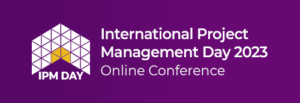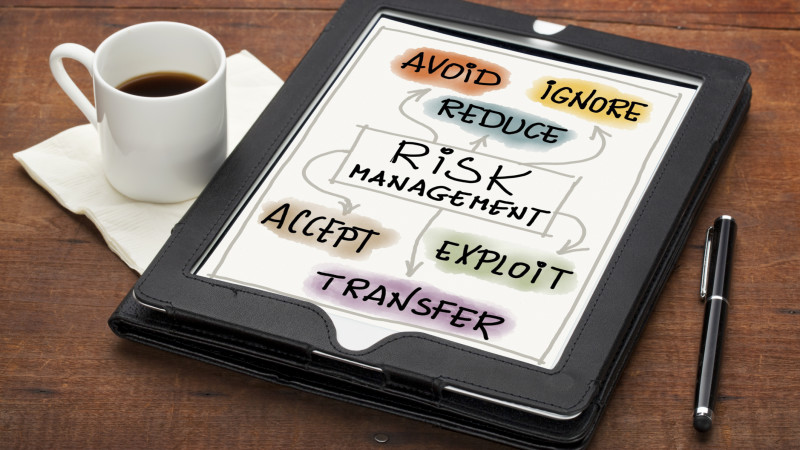By Vincent Marguier
October 4, 2023
Risk management is a dynamic component of any project, where risks—and opportunities—must constantly be assessed and monitored to deliver in the most successful way. However, we sometimes get carried away by the excitement of starting a project, and we tend to jump straight into mapping out what must be delivered for the end user and stakeholders, then managing risks and opportunities along the way.
As I moved into more complex drug development projects within the pharmaceutical industry, I realised that risk management had to be at the forefront of everything we did. When the end user is a patient, we must reduce the risk factor to the strict acceptable minimum, straight from the start.
The idea of putting risks ahead of requirements points us to what we should and should not do. With every risk mitigation strategy, we get an overview of time, costs, and resources, which are the information we need to create a Work Breakdown Structure. So why not manage this task at the start?
The risk and opportunity assessment is a great team building activity because no matter what the expertise of project team members, it all comes together when defining a situation that may arise and its impact on the product and the project. The risk assessment activity empowers the team and puts everyone on the same page, and since we deal with risks straight from the start, it creates a ‘risk culture’ for the project.
The project manager may arrange some pre-work before starting the risk and opportunity assessment, including:
- SWOT analysis to involve the team with the environment and the context of the project.
- High-level assumptions to make the team map out some rough ideas within a framework.
- Context diagram to visualise key elements, assumptions, and their dependencies to help define the impact if one of these elements is at risk.
The list is not exhaustive, but it is key that the project team understands the principles of risk management and have some elements to work with instead of starting from scratch.
The risk and opportunity assessment starts by stating risks/opportunities (IF THEN IMPACT). At the end, there should be a classification per type of expertise required to manage the risk/opportunity.
Sub-teams within the project team are then formed according to this classification, and they will then oversee adding further detail, prioritize, and define a response. If the decision is to mitigate the risk, then the sub-team, together with the project manager, will work on how it should be designed, what constraint must be respected, how much time it will take, etc., just like they would do if they were defining some of the requirements for the product, but within the framework the project manager prepared ahead.
Finally, the sub-teams come back together to reconcile and discuss their risk responses, and therefore agree on the requirements to be defined. Some of the responses from a sub-team may depend on responses from others, so mapping these dependencies may provide insights on timelines, costs, and resources needed, just like in a regular product requirement session. This is where the project goes back onto its standard track by defining a more tangible Work Breakdown Structure.
It may seem rather unconventional, but when the project manager outlines from the beginning what is expected from the team and how things will be run, the approach pays off because:
- The project team is formed by giving them a common task, specifically risk management, which may not be what they prefer, therefore gradually developing that risk mindset.
- Team members are empowered to give their perspectives in a pre-defined structure; you provide the structure.
- Product requirements are defined in a contextual way rather than from a blank sheet of paper.
By shifting our perspective to place risk management ahead of requirements, we gain a profound understanding of what we should and should not undertake. Each risk mitigation strategy not only shields us from potential pitfalls but also provides essential insights into the allocation of time, costs, and resources. These insights serve as the foundation for creating a robust Work Breakdown Structure, enabling us to navigate complex projects with greater precision and confidence.
Vincent Marguier
Vincent Marguier has 17 years of experience in life sciences at various geographical levels as a program/project manager and commercial operations expert who specializes in bridging the gap between strategy and execution, ranging from R&D to commercial. He initially worked 5 years in the machine manufacturing industry where he transitioned from industrialization to IT and management systems, which led him to CRM implementation projects at Cegedim (now IQVIA). Following a stint in consulting, he joined the pharma industry and worked in specialty pharma (Vifor Pharma), rare diseases (Shire, Pfizer) and most recently in inhalable solutions (Vectura Fertin Pharma). Vincent holds a master’s degree in mechanical engineering from the Grenoble INP in France and both PRINCE2 and PMP certifications. He currently lives in Switzerland.

Vincent is a speaker at this year’s IPM Day 2023! Don’t miss his exciting Presentation going live November 2. Register here!
Disclaimer: The ideas, views, and opinions expressed in this article are those of the author and do not necessarily reflect the views of International Institute for Learning or any entities they represent.


